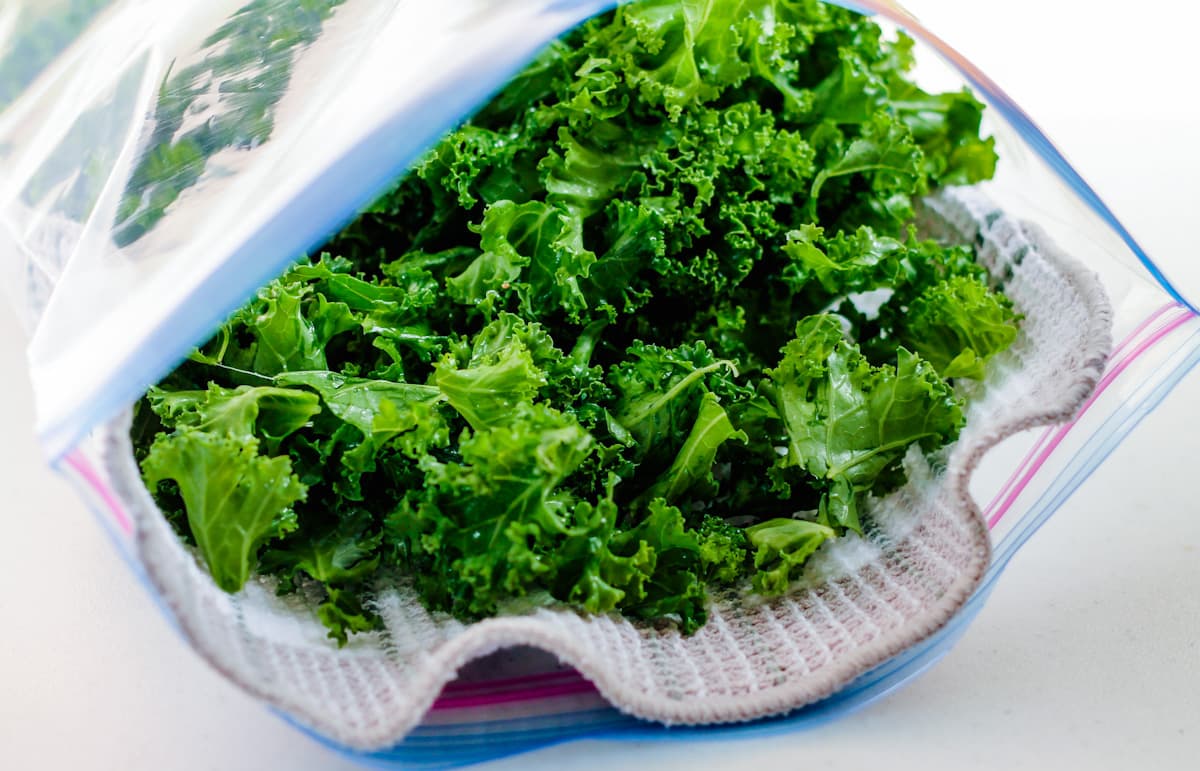

Articles
How To Store Fresh Picked Kale
Modified: February 28, 2024
Learn effective ways to store freshly picked kale to keep it fresh and flavorful for longer. Explore our articles for helpful tips and techniques.
(Many of the links in this article redirect to a specific reviewed product. Your purchase of these products through affiliate links helps to generate commission for Storables.com, at no extra cost. Learn more)
Introduction
Freshly picked kale is a nutritious and versatile leafy green that adds a burst of flavor and color to a variety of dishes. Whether you grow your own kale in a backyard garden or purchase it from a local farmers market, knowing how to properly store it is essential to maintain its freshness and maximize its shelf life.
Kale is packed with essential vitamins, minerals, and antioxidants, making it a powerhouse of nutrition. It is rich in vitamin C, vitamin K, vitamin A, calcium, and potassium, among other beneficial nutrients. Incorporating fresh kale into your diet can boost your immune system, promote healthy digestion, support bone health, and even help reduce the risk of chronic diseases.
To fully enjoy the health benefits of fresh kale, it’s important to store it properly. This article will guide you through the steps of storing freshly picked kale to ensure it remains fresh, crisp, and flavorful for as long as possible.
Key Takeaways:
- Properly storing fresh picked kale maintains its nutrition and flavor. Choose high-quality kale, prepare it correctly, and store it in the refrigerator or freezer for optimal freshness and longevity.
- Incorporating fresh picked kale into various recipes adds nutrition and taste. From salads to smoothies and soups, kale’s versatility enhances the culinary experience while providing essential health benefits.
Read more: How To Store Fresh Picked Lettuce
Benefits of Fresh Picked Kale
Freshly picked kale offers a multitude of health benefits that make it a valuable addition to any diet. Here are some of the key benefits of consuming this nutrient-dense leafy green:
- Rich in nutrients: Kale is packed with essential vitamins and minerals, including vitamin C, vitamin K, vitamin A, calcium, and potassium. These nutrients support overall health and well-being, helping to improve immune function, promote healthy bone development, and maintain proper bodily functions.
- Powerful antioxidants: Kale is loaded with antioxidants such as beta-carotene, lutein, and zeaxanthin, which protect the body against harmful free radicals. These antioxidants help reduce the risk of chronic diseases like cancer, heart disease, and certain eye disorders.
- Anti-inflammatory properties: The high concentration of antioxidants in kale also contributes to its anti-inflammatory properties. Regular consumption of kale can help reduce chronic inflammation in the body, which is linked to various health conditions, including arthritis, diabetes, and obesity.
- Supports cardiovascular health: Kale is known to promote heart health by reducing cholesterol levels and blood pressure. The fiber and potassium content in kale help regulate blood pressure, while the antioxidants and anti-inflammatory compounds protect against heart disease.
- Boosts digestion: Kale is an excellent source of dietary fiber, which aids in digestion and regulates bowel movements. The fiber content also helps keep you feeling fuller for longer, making it beneficial for weight management.
- Enhances eye health: The antioxidants lutein and zeaxanthin found in kale are known to promote eye health and protect against age-related macular degeneration and cataracts.
Incorporating fresh picked kale into your diet can be a delicious and nutritious way to improve your overall health and well-being. By storing kale properly and using it in a timely fashion, you can maximize its nutritional benefits while enjoying its vibrant taste in a variety of recipes.
Choosing the Right Kale
When it comes to selecting kale for storage, it’s important to choose the right variety and quality to ensure optimal freshness and flavor. Here are some tips on how to choose the best kale for storing:
- Variety: There are several different varieties of kale, including curly kale, Tuscan kale (also known as lacinato or dinosaur kale), and Red Russian kale. Each variety has its own unique flavor and texture, so choose the one that best suits your preferences or the recipe you plan to make.
- Appearance: Look for kale leaves that are vibrant and crisp, with no signs of wilting or discoloration. Avoid kale with yellowed or brown spots, as this indicates age and potential spoilage.
- Size: Kale leaves can vary in size, but regardless of the size, select leaves that are firm and robust. Avoid kale leaves that are overly tough or wilted, as they may not store well.
- Organic vs. Conventional: Consider opting for organic kale whenever possible to minimize exposure to pesticides and other chemicals. Organic kale is grown without the use of synthetic fertilizers or pesticides, making it a healthier choice for both you and the environment.
- Seasonality: Kale is a cool-season vegetable that thrives in colder temperatures. While it is available year-round in many regions, the flavor and texture of kale can vary depending on the season. For the best tasting kale, try to purchase it during its peak growing season, which is typically in the fall and winter months.
By selecting fresh, high-quality kale, you are setting the foundation for successful storage and ensuring that you have the best-tasting and nutrient-rich leaves to enjoy in your meals.
Preparing Kale for Storage
Properly preparing kale before storage is crucial for maintaining its freshness and quality. Follow these steps to prepare kale for storage:
- Trimming: Start by removing any damaged or discolored leaves from the kale bunch. Use a sharp knife or kitchen shears to trim off the tough stems at the base of each leaf. Discard the stems or save them for other purposes, such as adding them to soups or stocks.
- Cleaning: Fill a large bowl or sink with cold water and submerge the kale leaves. Gently swish them around to remove any dirt or debris. If the leaves are particularly dirty, you can also rinse them under running water. After cleaning, pat the leaves dry using a clean kitchen towel or paper towels.
- Separating: If you have a large bunch of kale, consider separating the leaves into smaller portions. This will make it easier to store and use the kale later on. Simply divide the kale into manageable quantities and bundle them together using reusable produce bags or plastic bags with small perforations to allow for airflow.
- Labeling: To keep track of the storage time, consider labeling the bags with the date of harvest or purchase. This will help ensure you use the oldest kale first and prevent it from going to waste.
Remember, proper preparation is key to extending the shelf life of fresh picked kale and preserving its nutrient content. By following these steps, you’ll be ready to store your kale in the refrigerator or freezer for long-term use or enjoy it in delicious recipes.
After picking kale, remove any damaged leaves and store it in a plastic bag with a paper towel to absorb excess moisture. Keep it in the refrigerator for up to 5 days.
Storing Kale in the Refrigerator
Storing kale in the refrigerator is the best way to maintain its freshness and extend its shelf life. Follow these guidelines to store freshly picked kale in the refrigerator:
- Preparation: Before refrigerating, make sure the kale leaves are clean and dry. Excess moisture can cause the leaves to wilt and promote spoilage. Properly prepared kale, as mentioned earlier, will ensure its longevity in the refrigerator.
- Storage bag or container: Place the prepared kale leaves in a breathable storage bag or container. You can use reusable produce bags or sealable plastic bags with small perforations to allow air circulation. Alternatively, you can wrap the kale loosely in a damp paper towel and store it in a sealed container.
- Optimal temperature and location: Store the bag or container of kale in the crisper drawer of your refrigerator, where the temperature is slightly cooler and humidity levels can be adjusted. Ensure that the kale is away from ethylene-producing fruits like apples, as the gas released by these fruits can accelerate the wilting process.
- Duration: Freshly picked kale can typically stay fresh in the refrigerator for up to one week. However, it’s best to check the leaves periodically and use them within a few days for optimal taste and nutritional value.
- Proper handling: When you’re ready to use the refrigerated kale, remove only the amount you need. Avoid leaving the leaves at room temperature for an extended period and promptly return the remaining kale to the refrigerator after use.
By following these storage tips, you can enjoy crispy and vibrant kale in your salads, stir-fries, smoothies, and other recipes throughout the week. Remember to check the kale periodically and use it within the recommended timeframe to ensure the best flavor and quality.
Read more: How To Store Fresh Picked Raspberries
Freezing Fresh Picked Kale
If you have more kale than you can use before it starts to wilt, freezing is a great option to preserve its freshness for an extended period. Here are the steps to freeze fresh picked kale:
- Preparation: Start by washing the kale leaves thoroughly to remove any dirt or debris. Pat them dry with a clean kitchen towel or paper towels to remove excess moisture.
- Blanching: Blanching the kale before freezing helps to maintain its color, texture, and nutrients. Bring a large pot of water to a boil and prepare a large bowl of ice water. Submerge the kale leaves in the boiling water for 2 minutes, then quickly transfer them to the ice water bath to stop the cooking process. This blanching process will help preserve the kale’s bright green color and prevent it from becoming mushy when thawed.
- Draining and Packaging: After blanching, drain the kale leaves well to remove excess water. Lay them out in a single layer on a clean kitchen towel or paper towels to further absorb any moisture. Once dry, divide the kale into freezer-safe bags or containers, removing as much air as possible to minimize freezer burn. Label the bags with the date for easy reference.
- Freezing: Place the kale bags or containers in the freezer, ideally in a flat arrangement for easier storage. Make sure the kale is kept separate from other strong-smelling foods to avoid any flavor transfer.
- Storage duration: Frozen kale can maintain its quality for up to 10 to 12 months. However, for the best taste and texture, it’s recommended to use it within 6 to 8 months.
- Thawing and using: When you’re ready to use the frozen kale, thaw it in the refrigerator overnight or use the defrost setting in the microwave. Use the thawed kale in cooked dishes like soups, stews, or stir-fries, as the texture may not be as suitable for raw preparations post-freezing.
Freezing freshly picked kale is a convenient way to preserve its nutrients and have a ready supply on hand for various recipes. By following these steps, you can enjoy the goodness of kale even when it’s out of season.
Using Fresh Picked Kale in Recipes
Freshly picked kale is a versatile ingredient that can be used in a wide variety of recipes. Here are some ideas to inspire you when incorporating kale into your meals:
- Salads: Add a nutritious twist to your salads by incorporating kale. Chop the kale leaves into bite-sized pieces and massage them with a bit of olive oil and lemon juice to soften the leaves. Then, toss it with your favorite salad ingredients, such as cherry tomatoes, cucumbers, avocados, and a flavorful dressing.
- Smoothies: Boost the nutritional profile of your morning smoothies by adding kale. Blend a handful of kale leaves with fruits like bananas, berries, and a liquid base like almond milk or coconut water. The sweetness of the fruits will help balance the earthy flavor of the kale.
- Soups and stews: Kale is a fantastic addition to soups and stews, adding a hearty texture and vibrant green color. Add chopped kale towards the end of the cooking process to retain some of its crunchiness and nutritional value. It pairs well with ingredients like potatoes, beans, carrots, and various spices and herbs.
- Stir-fries: Sautee kale leaves with other vegetables like bell peppers, onions, and garlic for a quick and healthy side dish. The slightly bitter flavor of kale complements well with savory seasonings like soy sauce, sesame oil, and red pepper flakes.
- Pasta dishes: Toss steamed or sauteed kale into pasta dishes, such as spaghetti or fettuccine, along with garlic, olive oil, and Parmesan cheese. The combination of kale with pasta adds a nutritious boost to your meal while providing a satisfying texture and taste.
- Quiches and frittatas: Kale can be a delightful addition to egg-based dishes. Sauté it with onions and garlic, then add it to your quiche or frittata mixture. The kale’s slightly bitter flavor adds depth to the dish, enhancing its overall taste.
With its numerous health benefits and versatility, fresh picked kale can elevate the taste and nutrition of a wide range of dishes. Don’t be afraid to get creative and experiment with different recipes to truly appreciate all that kale has to offer.
Conclusion
Knowing how to properly store fresh picked kale is essential to maintain its freshness, taste, and nutritional value. By following the guidelines outlined in this article, you can ensure that your kale remains crisp, vibrant, and ready to be used in a variety of recipes.
Freshly picked kale is a nutritional powerhouse, packed with essential vitamins, minerals, and antioxidants. Incorporating kale into your diet can enhance your overall health and well-being, supporting immune function, promoting heart health, and reducing the risk of chronic diseases.
When choosing kale, look for vibrant, crisp leaves and consider opting for organic varieties to minimize exposure to pesticides. Properly preparing kale by trimming, cleaning, and separating the leaves sets the stage for successful storage.
Storing kale in the refrigerator using breathable storage bags or containers will help maintain its freshness for up to a week. Ensure the kale is stored away from ethylene-producing fruits to avoid accelerated wilting.
If you have an abundance of kale, freezing is an effective way to extend its shelf life. Blanching the kale prior to freezing preserves its color and texture. When using frozen kale, thaw it in the refrigerator overnight and incorporate it into cooked dishes for the best results.
Finally, get creative with using fresh picked kale in various recipes. From salads and smoothies to soups and pasta dishes, kale adds flavor, texture, and a nutritional punch to your meals.
In conclusion, with proper storage, kale can be enjoyed in its freshest form, providing a multitude of health benefits and culinary possibilities. So, whether you’re growing kale in your garden or purchasing it from a local market, apply these tips and savor the goodness of freshly picked kale in your everyday cooking.
Frequently Asked Questions about How To Store Fresh Picked Kale
Was this page helpful?
At Storables.com, we guarantee accurate and reliable information. Our content, validated by Expert Board Contributors, is crafted following stringent Editorial Policies. We're committed to providing you with well-researched, expert-backed insights for all your informational needs.
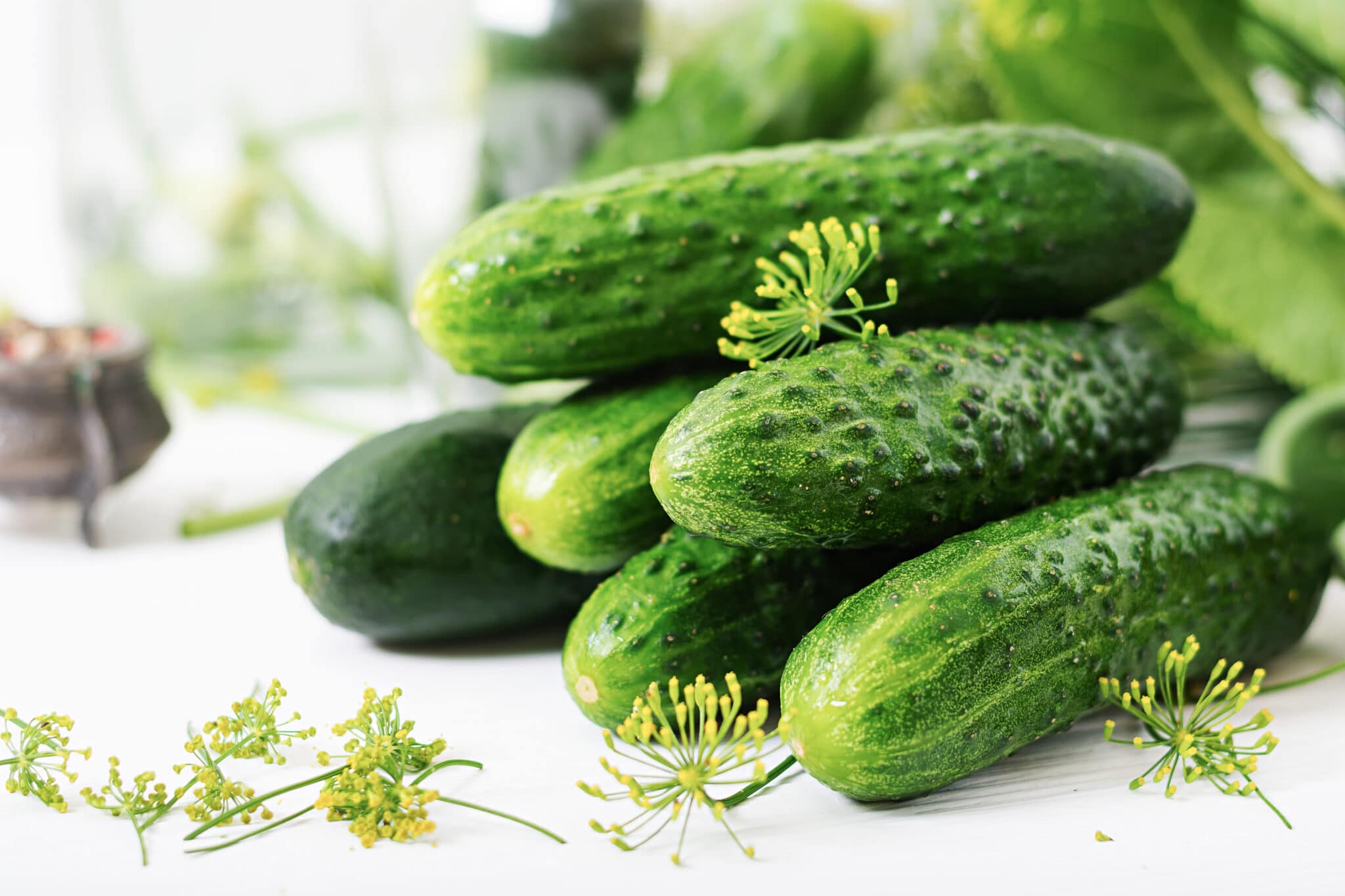
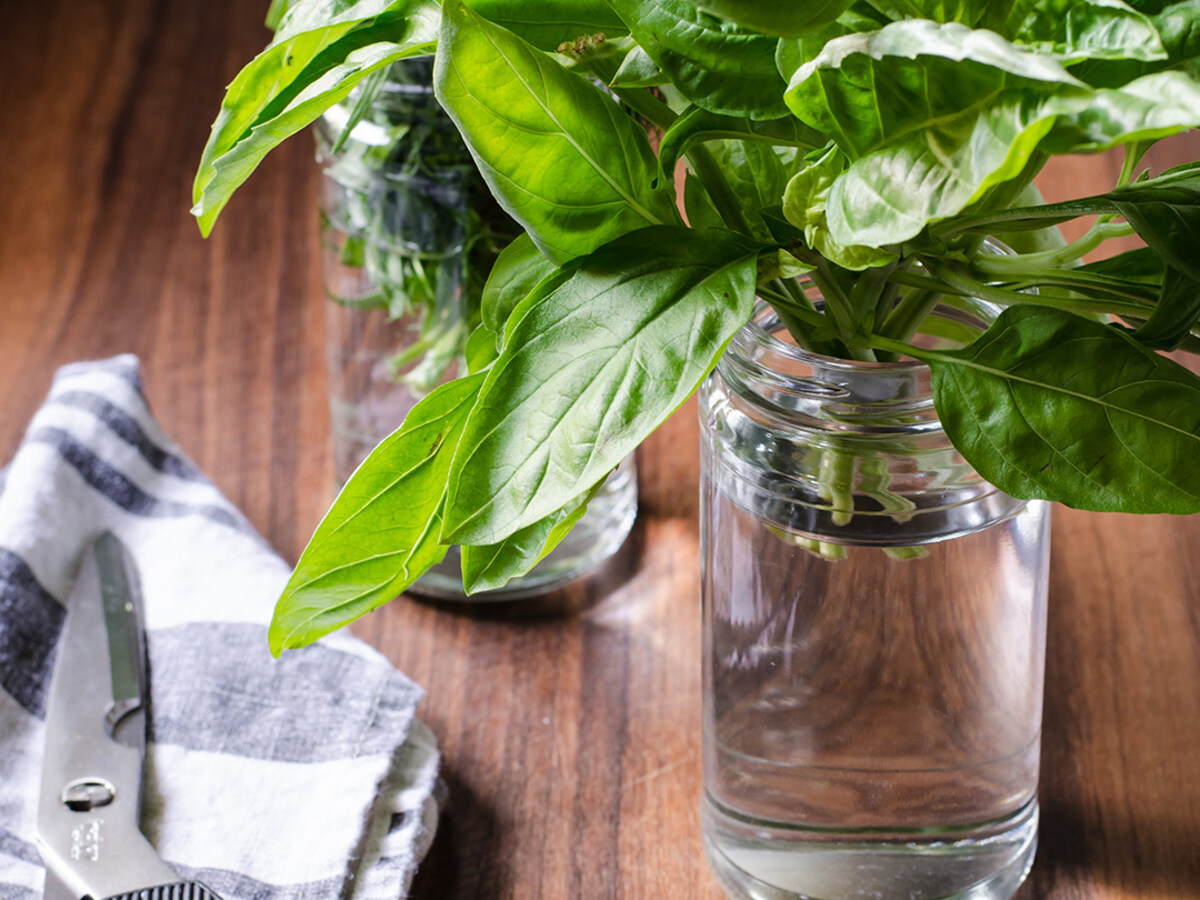
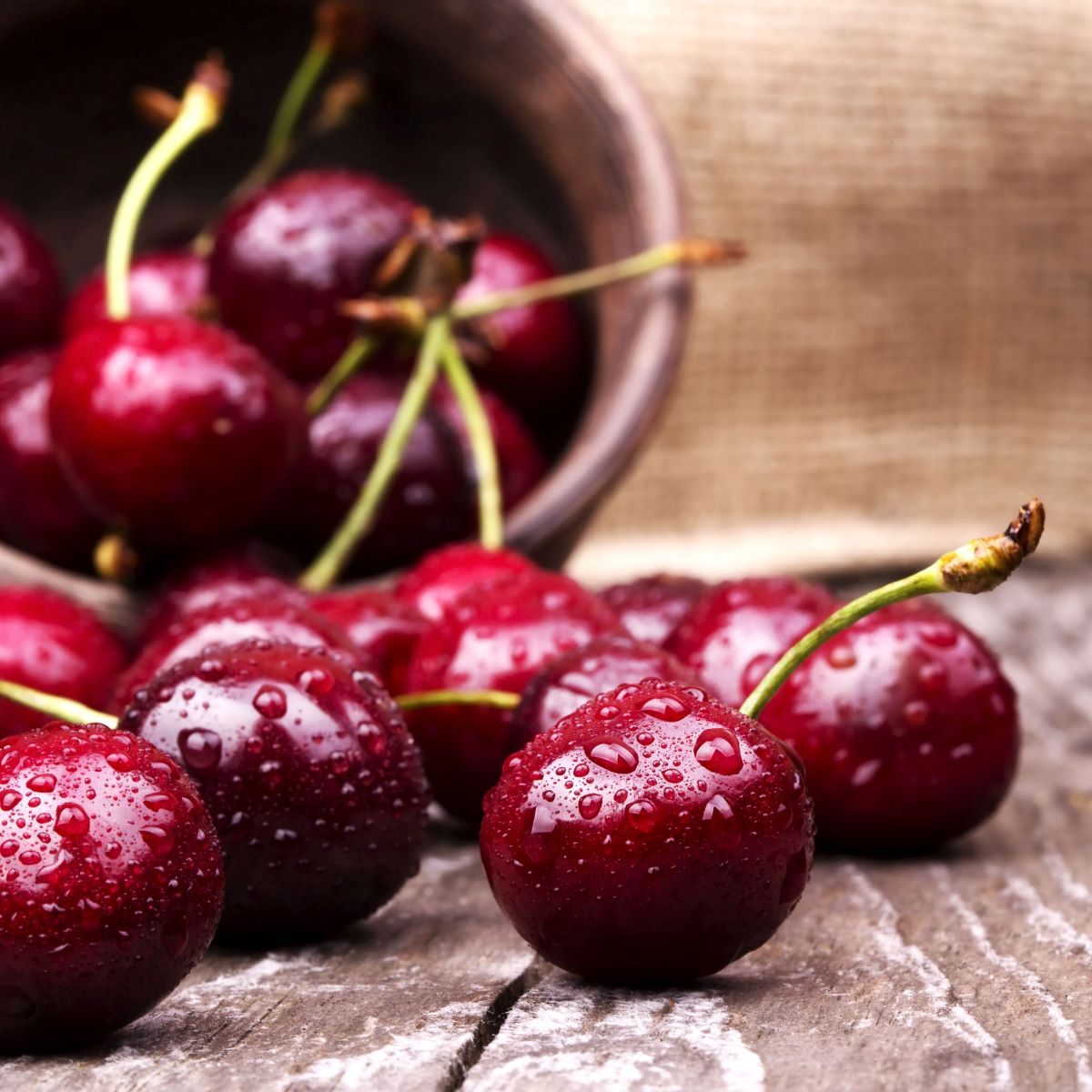
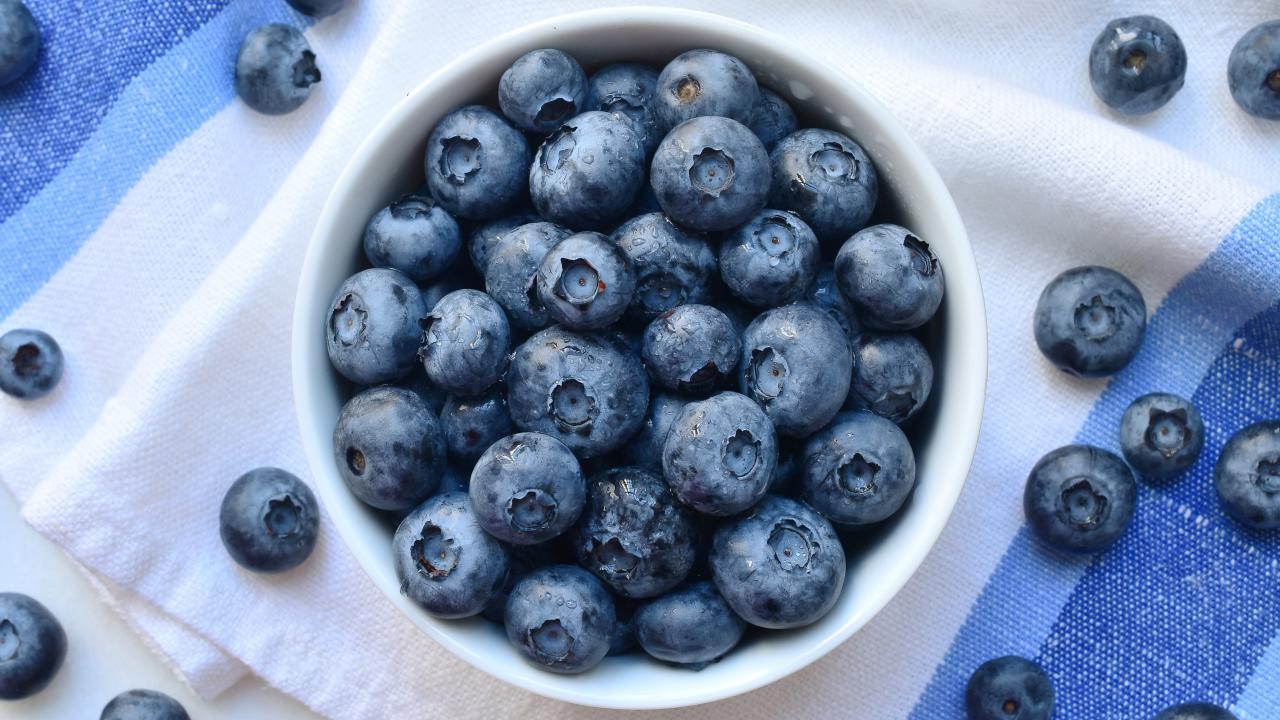
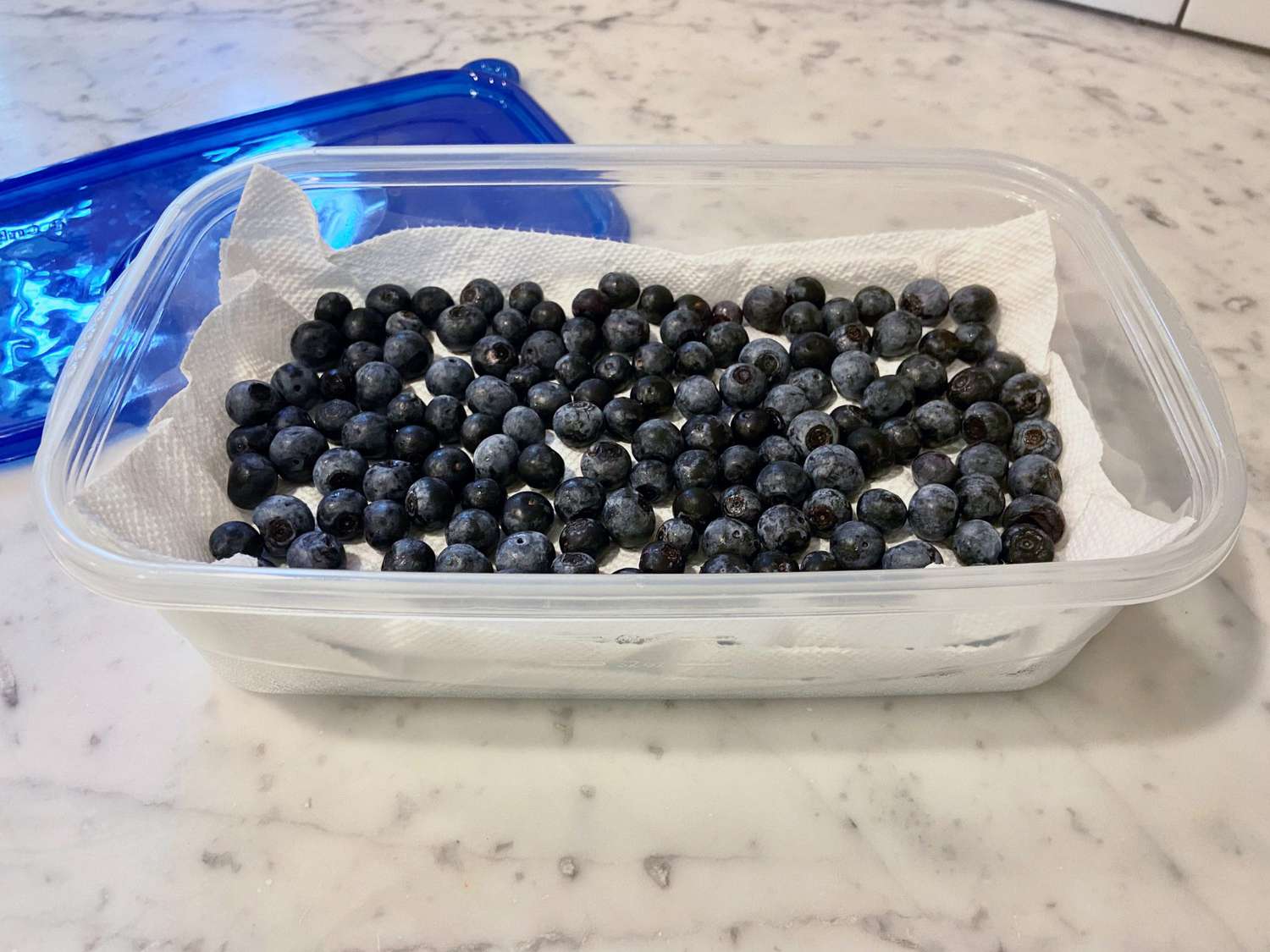
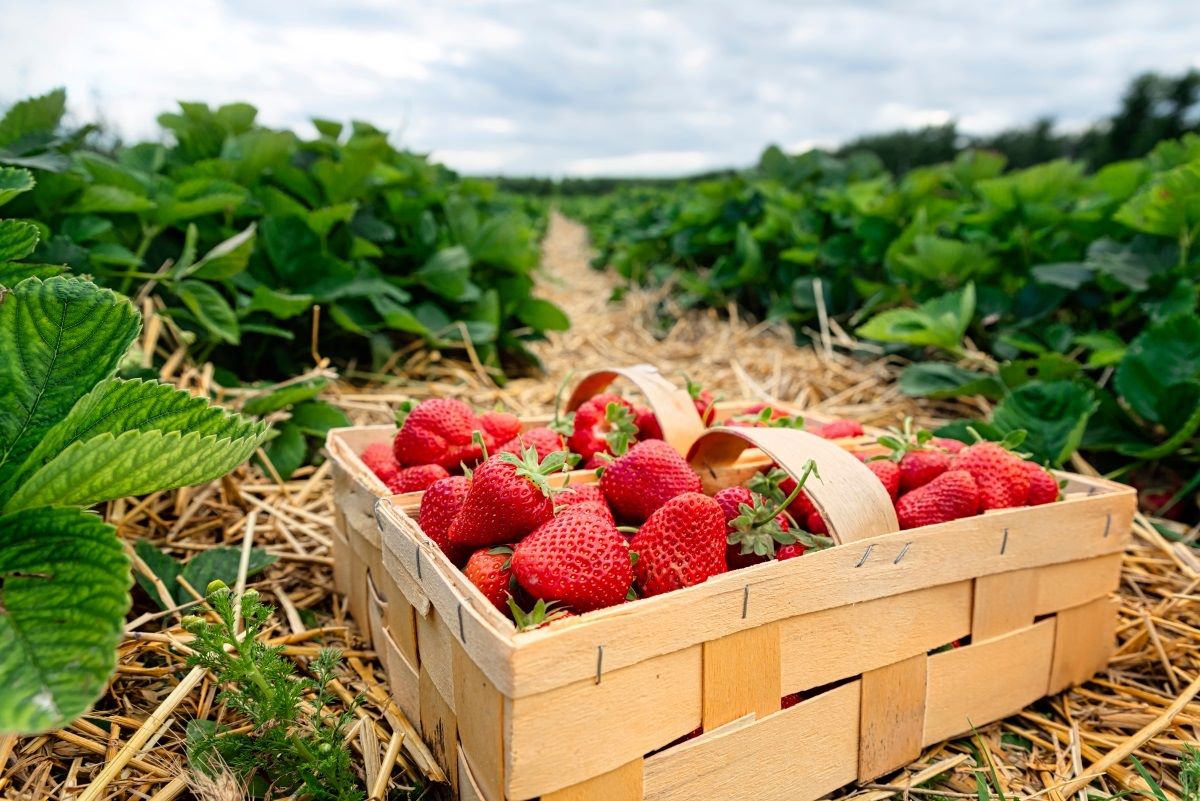
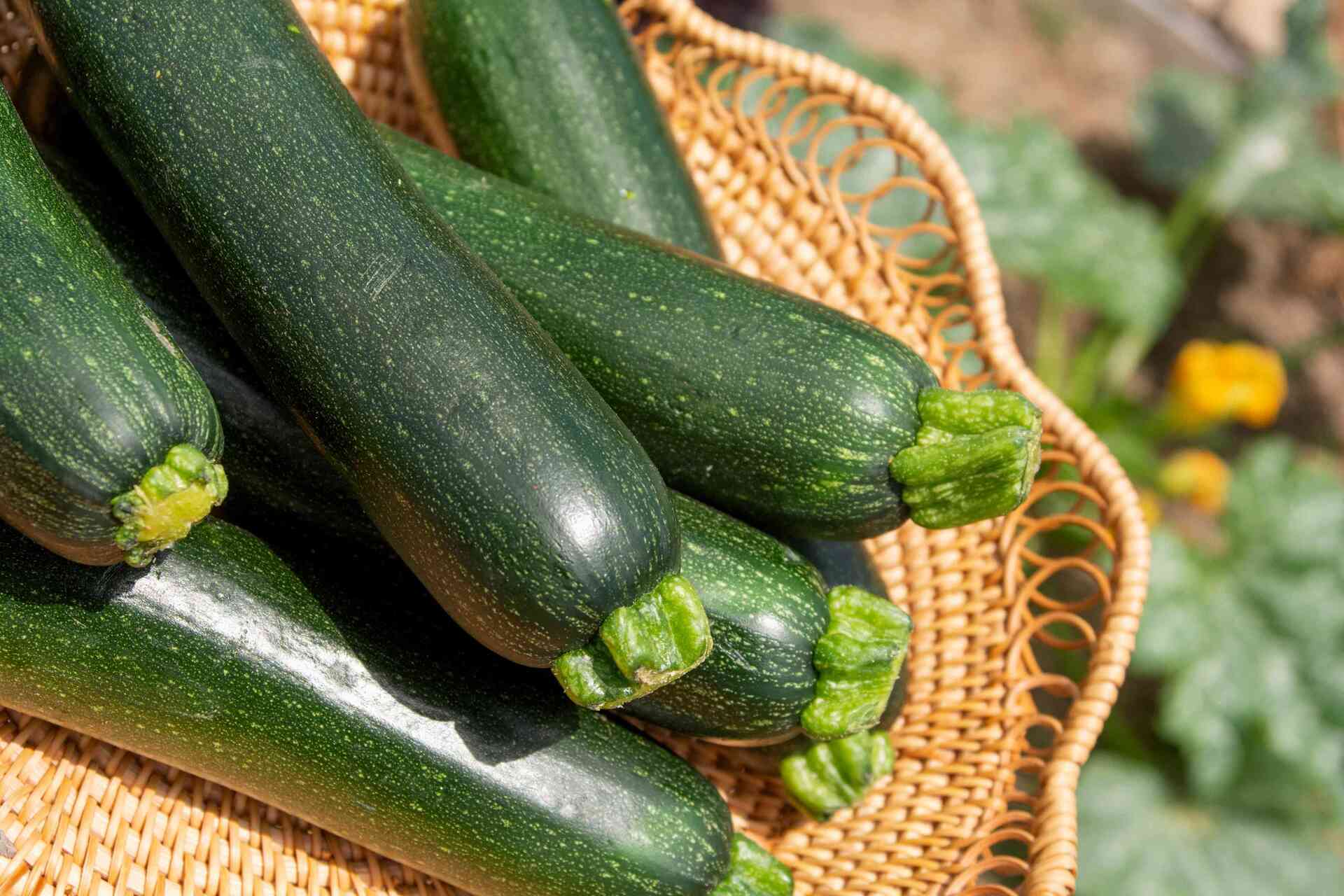
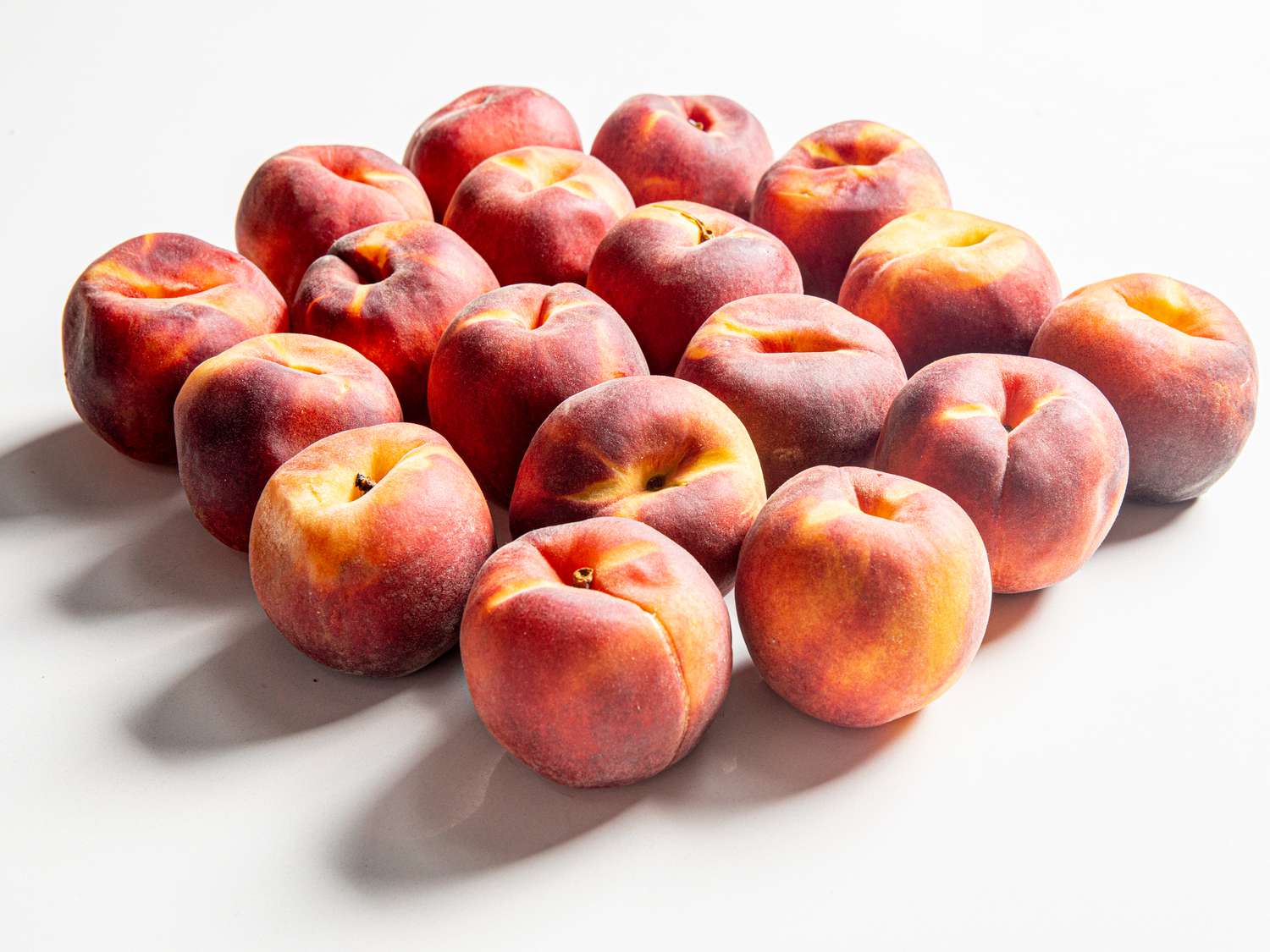
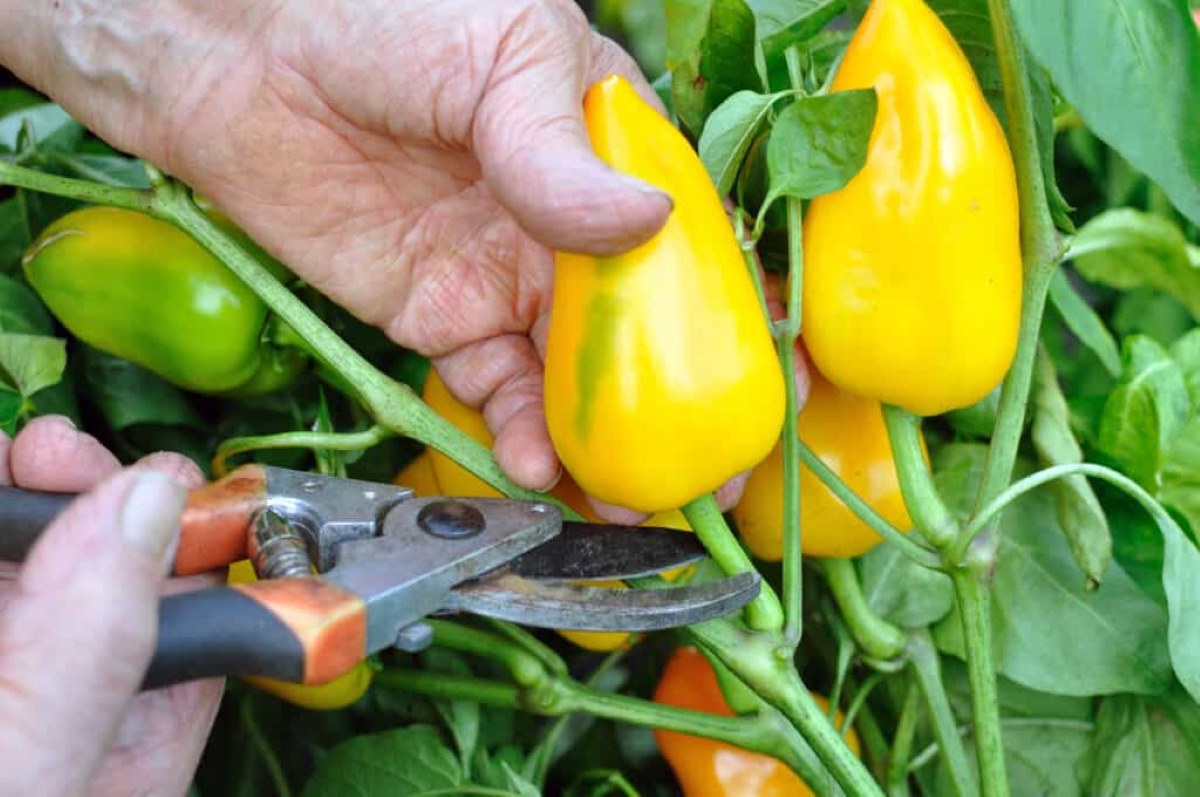
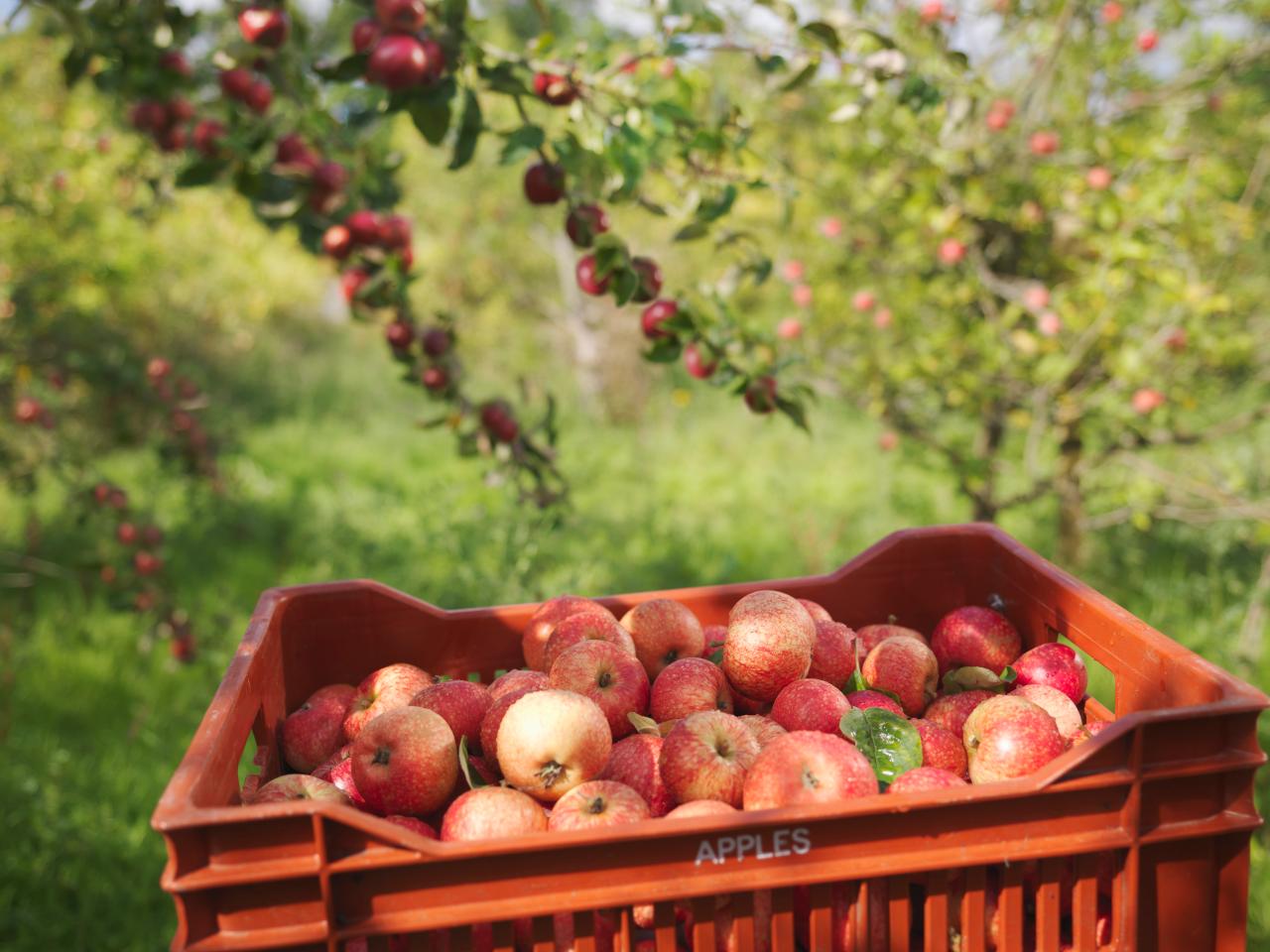
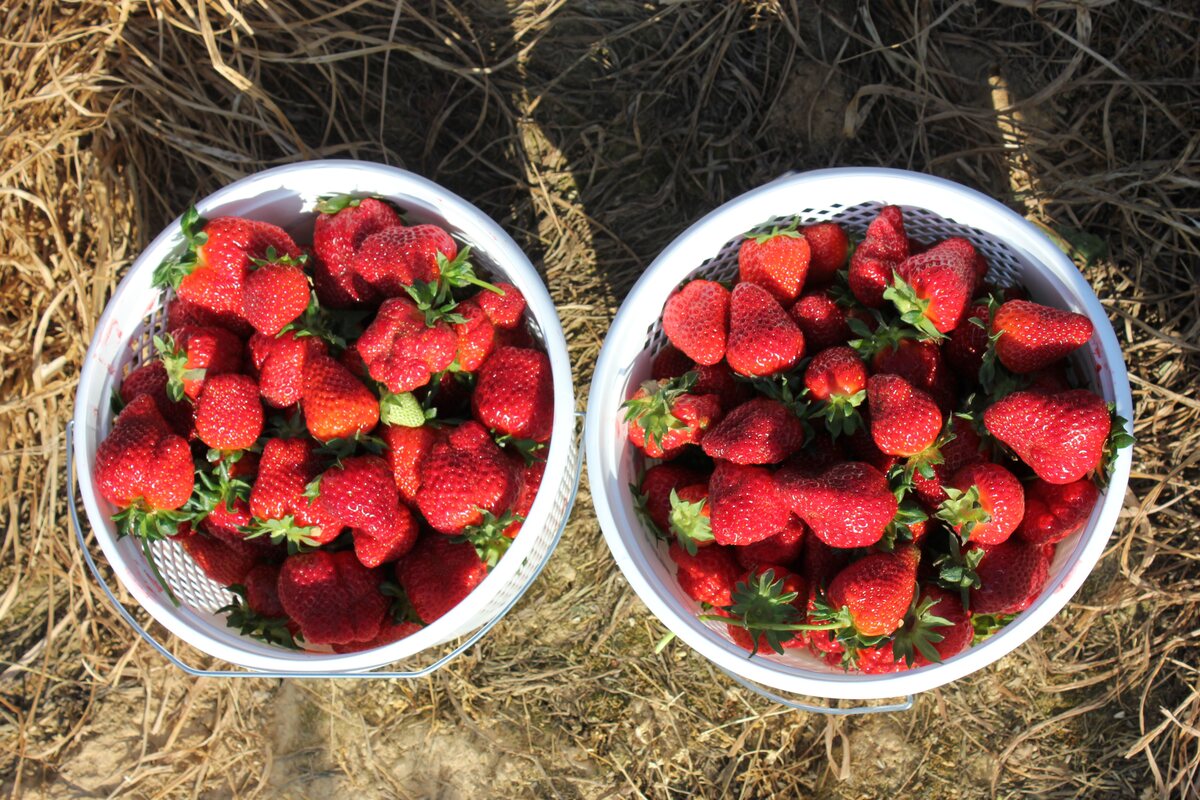
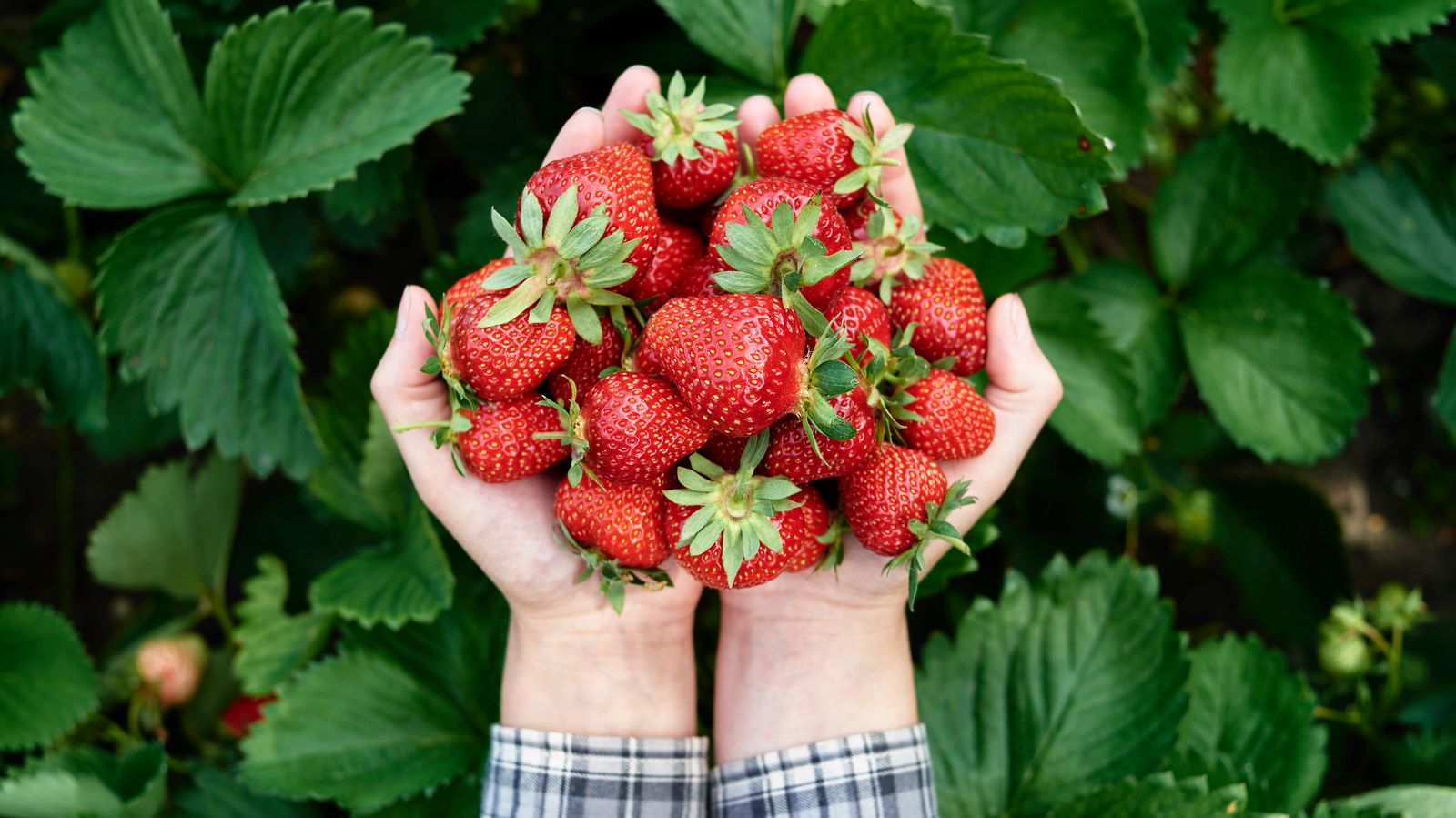
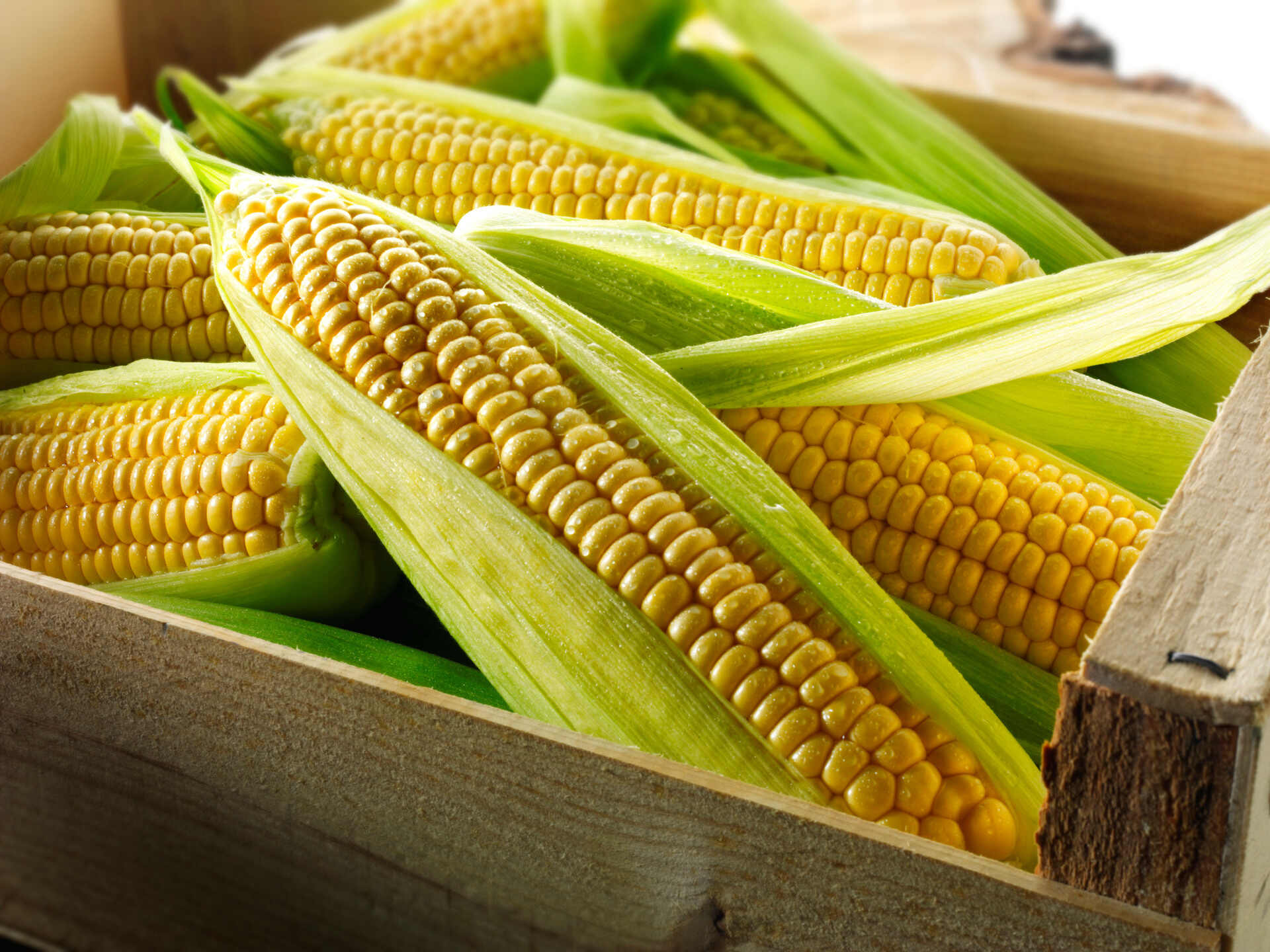
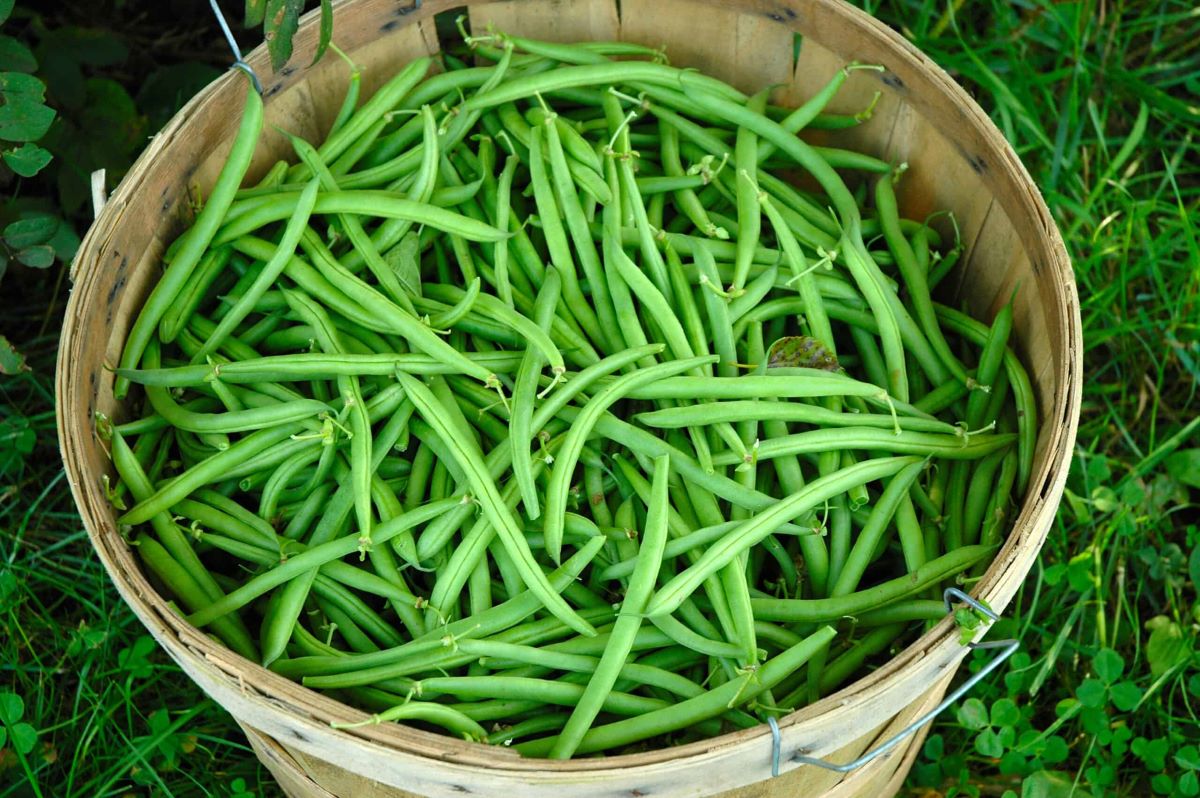

0 thoughts on “How To Store Fresh Picked Kale”